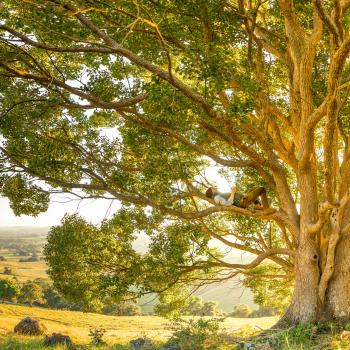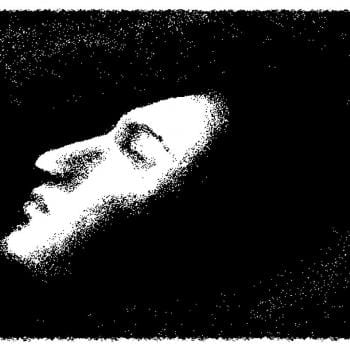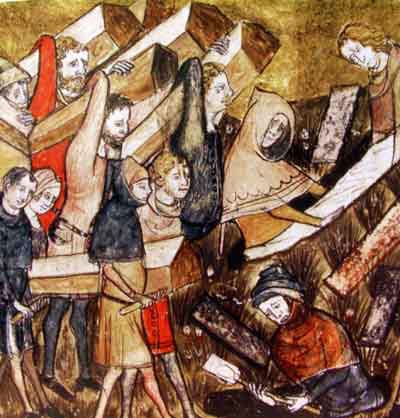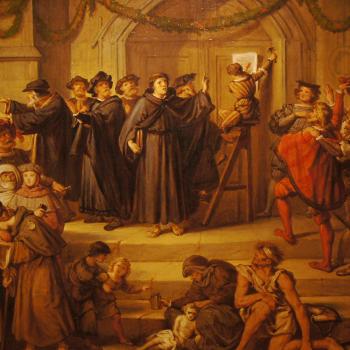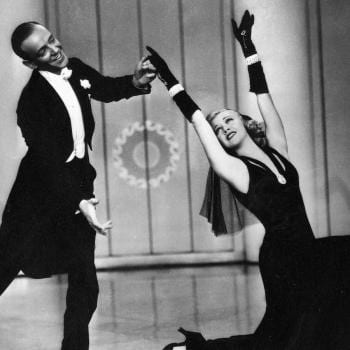- Trending:
- Pope Leo Xiv
- |
- Israel
- |
- Trump
- |
- Social Justice
- |
- Peace
- |
- Love

RELIGION LIBRARY
Zen
Modern Age
The fortunes of Zen have varied from country to country following the worldwide conflicts of the 20th century. In China, in the years following the Communist Revolution, the government launched a series of official and unofficial attacks on Buddhism. Temples were destroyed, works of art were destroyed or stolen, and monks and nuns were forced to become laypersons. Sporadic movements toward rebuilding temples and reviving traditions alternated with periods of renewed destruction throughout the 20th century. As a result, Buddhism in China, including Chan, was virtually destroyed. Buddhism continues to thrive in Taiwan and among the Chinese diaspora communities, but sectarian affiliations are of comparatively little importance to these groups. Some Chinese Chan teachers have established Buddhist organizations in the West to serve immigrant communities, and also to serve the growing western interest in Buddhism.
Vietnamese Buddhist monk Thich Nhat Hanh (b. 1926) is a Zen master who has been quite influential in the West. In Vietnam, Chan is called Thien, but because Zen is the more recognizable name, his students and followers describe him as a Zen master. During the Vietnam War Nhat Hanh advocated for peace and organized relief efforts to help victims of the war with food, housing, and medical care. After he was refused reentry into Vietnam following a peace mission to Europe and America in 1966, Nhat Hanh began teaching Zen and engaged Buddhism in the West, and in 1982 he founded a Zen center in France called Plum Village. He is a leading proponent of "engaged Buddhism," a modern-era movement that encourages Buddhist involvement in contemporary social issues. He is also a prolific writer who has published dozens of books and articles in English.
In Japan, anti-Buddhist movements of the 19th century advanced to the point of all-out attacks on Buddhism after the Meiji Restoration (1868). At the time, many temples combined both Buddhist and Shinto elements, but the newly restored Meiji emperor declared that all temples must be attached to only one of the traditions. Some Buddhist monks were forced to become Shinto priests while other monks and nuns were forced to become laypersons. Some monks were drafted into the imperial army. Many Buddhist temple buildings and works of art were destroyed. Peasants in some areas united to protest these events, and the government began to question its anti-Buddhist activities. Finally, in 1889, freedom of religion was declared.
Having lost status and political connections, some Buddhist leaders who survived this period responded by forming closer ties with the new Meiji government. Blaming the degeneration of Buddhism during the Tokugawa era, they instituted a reform movement to recover "pure" and "original" Buddhism. The result was called "New Buddhism," and its goal was to make Buddhism modern, cosmopolitan, humanistic, rational, compatible with modern science, and socially responsible. Buddhism was to be molded into a world religion that could stand proudly next to other world religions.
Zen in particular was amenable to this process, cultivating an image of itself as exemplary of the uniqueness of Japan. A connection between Zen and bushido, or the way of the samurai, was often touted, and sometimes used to justify a militaristic spirit, just as Japan began to undertake the unification of East Asia under its leadership. In support of that enterprise, elevating the status of Buddhism in Japan also created a bond with the rest of Asia.
Thus Buddhism's fortunes were restored in Japan, and Zen had a new identity, just at the time when it was being introduced to the West for the first time. Three individuals have been the object of a great deal of scholarly criticism for their roles in establishing a skewed image of Zen in the West: Soen (Soyen) Shaku (1959-1919), Paul Carus (1852-1919), and D.T. Suzuki (1870-1966). These advocates of Zen in the West emphasized the interpretation of Zen that was prevalent at the time in Japan, describing Zen as the essence of Japanese identity. In Zen practice, the focus was on koan study and the experience of enlightenment, and it was detached, in many ways from its roots in Asian life.
Suzuki wrote a number of books on Zen that, in turn, influenced popular books such as Zen in the Art of Archery (Eugen Herrigel) and Zen and the Art of Motorcycle Maintenance (Robert Pirsig). He also taught the musician John Cage, the psychoanalyst Erich Fromm, and other influential thinkers who attended his classes at Columbia University. In many ways, he is responsible for the interpretation of Zen that is accepted by most people in the West today.
This was not, however, the only version of Zen that was introduced to the West. A number of Zen masters from Japan, China, Korea, and Vietnam have founded centers in the West to serve both refuge communities and western converts. An active tradition of Zen practice has resulted that, while affected to some degree by western distortions, is in other ways an authentic movement within the Zen tradition. Some of the ritual elements common to Buddhism in practice in Asia have been transferred to the West, while others have not caught on beyond the Asian immigrant communities. Western scholarship on Zen has advanced, and while there is still a strong "pop Zen" movement, there are also many excellent studies on the Zen tradition and translations of Zen texts and scriptures.
If the pattern of transmission of Zen to the West follows that of other, earlier Buddhist movements, a period of confused interpretations will give way to scholarly corrections. Eventually, new and unique forms will emerge that, while faithful to the basics of the tradition, are shaped by the cultural milieu within which they evolve.
Study Questions:
1. How did political instability contribute to the destruction of Zen in China?
2. What is engaged Buddhism? How does its origins relate to the conflicts of the time?
3. How was Zen introduced to the West? Which method might be seen as more authentic?


